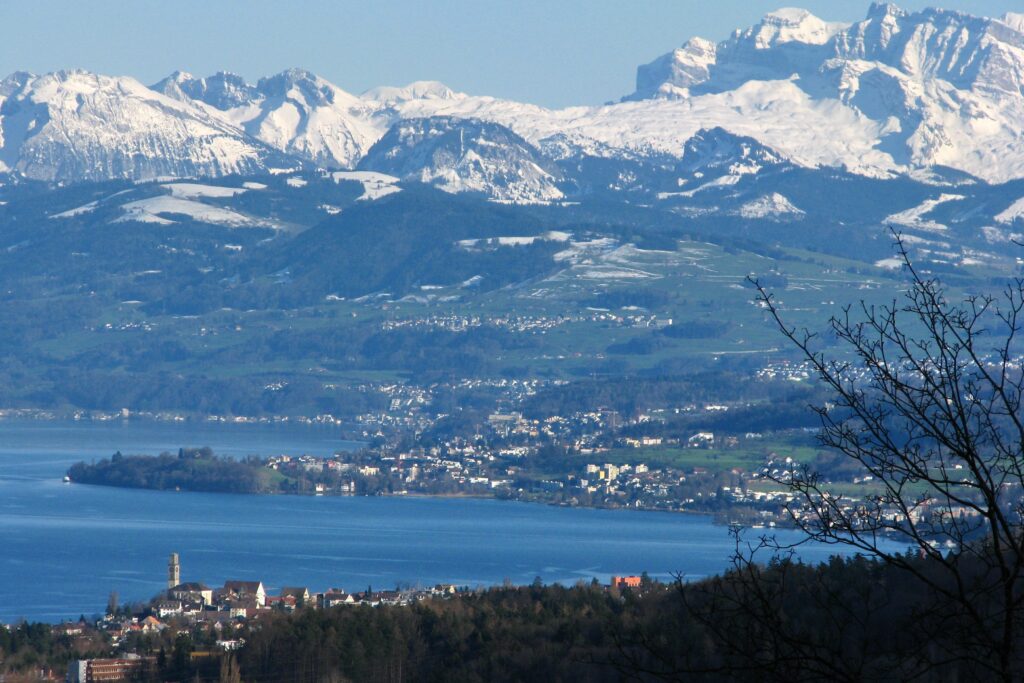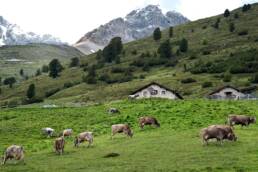Booming Swiss alpine economy depends on unions
According to a survey by Agroscope, high alpine agricultural activities work better if they are managed by political communes or if they are dedicated to tourism
Agroscope researchers asked managers of community mountain pastures what the economic and social success of their businesses depended on.
It was found that these forms of agricultural activity are more successful if they are managed by political municipalities or if they are dedicated to tourism.
Managing an alpine pasture is extremely hard work, but doing it successfully is a Herculean task.
6,600 alpine farms, of which 1,600 are communal farms
Switzerland has almost 6,600 alpine farms, about 1,600 of which are organized as community alpine farms. This means that they are managed collectively by several unrelated alpine farmers.
Researchers of the Federal Centre of Competence for Agronomic Research, which is part of the Federal Office for Agriculture (FOAG), have investigated community alpine pastures in Switzerland in more detail using questionnaires.
In Switzerland the first lorry equipped with the “EU Telepass”.
The 793 alpine farmers who returned the questionnaire to Agroscope answered with an average score of 3,3 on a scale from 0 (“very low success”) to 6 (“very high success”) to the question about their profit.
Since, however, community alpine pastures must look not only at the success of the alpine pasture, but also at the success of individual members and their social well-being, the questions asked also addressed these two aspects. In this case the average was higher, 3.6 and 4.0 respectively.

The price of milk is a thermometer of efficiency
The high economic success can be seen in the price of milk that Alpine pays its farmers. The price of 81 cents per liter is significantly higher than the 65 cents usually paid in the industry.
The evaluation also made it clear that active intervention in economic or social success is possible.
Community pastures that deliberately work in a profit-oriented manner performed better in terms of profit.
In contrast, social success was better for alpine pastures that valued unity, self-determination, and tradition.
Are patricianships no longer the right formula?
The diversity of community alpine pastures in organizational terms is immense. On the one hand, it was evident how economically successful the alpine pastures run by political communes were above average.
On the other hand, the alpine pastures run by patricians were economically less successful than average.
On the other hand, alpine pastures dedicated not only to agriculture but also to tourism performed better on all dimensions of success.






